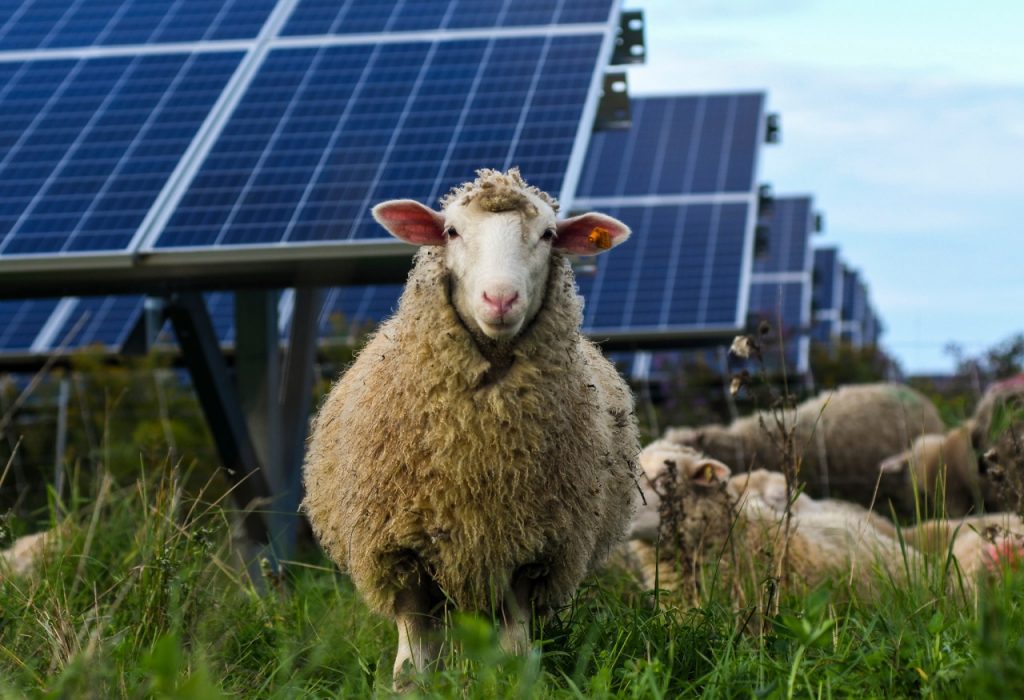Byron Kominek’s 24-acre farm near Boulder, Colo., was barely making a profit.
“Our farm has mainly been hay producing for fifty years,” Kominek said, on a recent chilly morning, the sun illuminating a dusting of snow on the foothills to his West. “This is a big change on one of our three pastures.”
The big change being talked about is 3,200 solar panels mounted on posts eight feet high on the doorstep of the Rocky Mountains.
It was not easy getting permission to put solar panels on his farm.
“They said, the land is for farming, so go farm it,” Kominek says. “I said, well, we weren’t making any money, you all want to be 100% renewable at some point so how about we work together and sort this out.”
However, a team of researchers from Colorado State University and the National Renewable Energy Lab presented this as an opportunity for the future. Also, this could be a great use for old farms.
After placing the panels over his plants, he found out that the shade from the towering panels above the soil actually helped the plants thrive. It also prevented excess evaporation of the irrigation water.
He was able to successfully harvest peppers, tomatoes, squash, pumpkins, lettuces, beets, turnips, and carrots. In November, kale and chard will be booming too. “Oh yeah, kale never dies,” Kominek says, chuckling.
Kominek’s farm is now being called Jack’s Solar Garden (Jack is his grandfather’s name). it has become a part of a new industry called agrivoltaics.
The West has been going through a 22-year megadrought and agrivoltaics is being considered there.
“Around the western US, water is the reason to go to war,” says Greg Barron-Gafford, a University of Arizona professor who is considered one of the country’s foremost experts in the field.
“Water is the reason we have to have really big arguments about where we’re going to get our food from in the future,” he says.
Barron-Gafford’s research in the Arizona desert revealed that some crops grown under the shade of solar panels needed 50 percent less water than normal. The infrastructure bill will be around $300 million.
“If you really want to build infrastructure in a way that is not going to compete with food and could actually take advantage of our dwindling resources in terms of water in a really efficient way, this is something to look at,” Barron-Gafford says.
“We had to put up our farm as collateral as well as the solar array as collateral to the bank,” he says. “If this doesn’t work, we lose the farm.”
“That humming [you hear] is the inverters making us money,” he says, pointing toward an electric converter box mounted near a row of kale. A series of wires carry the power out to the county highway and onto the local Xcel Energy grid.
The inverters here generate enough power for 300 homes to use in a year. Kominek hopes to soon grow enough food beneath the panels to maybe feed as many local families.

